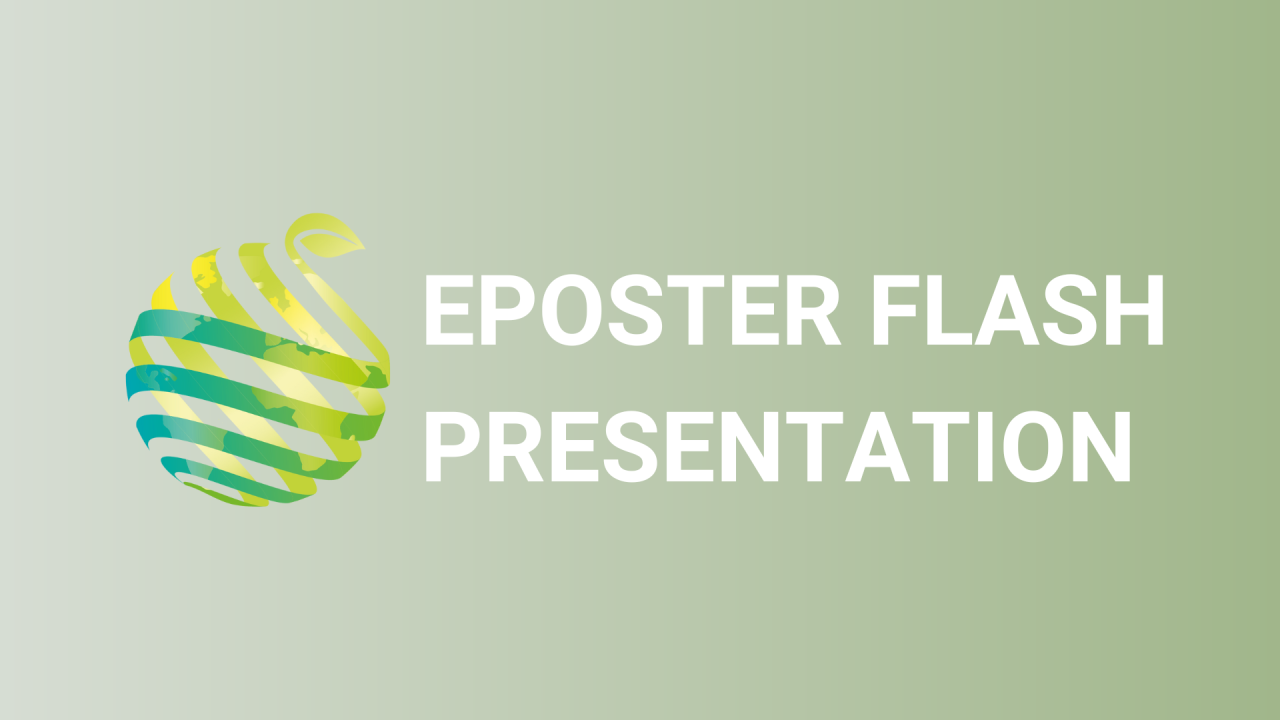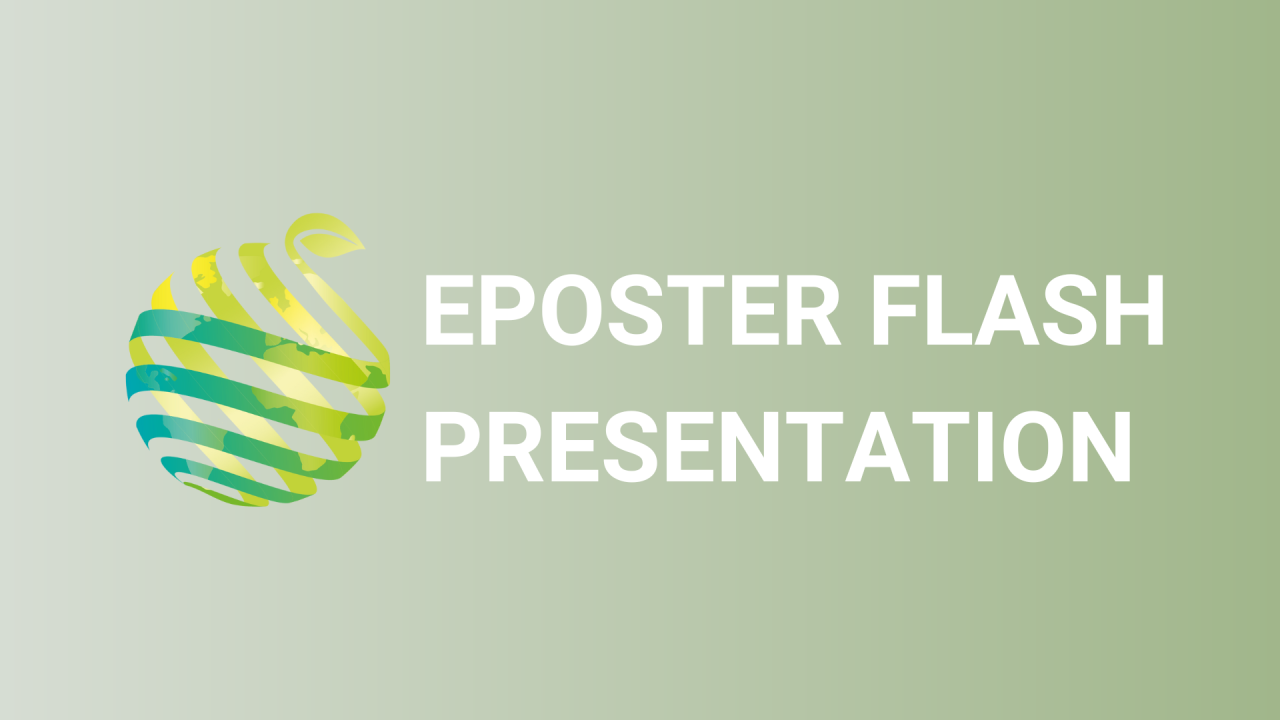

S18 - Session P4 - How to modulate mechanical winter pruning according to the productive and enological traits of four Vitis vinifera L. varieties cultivated in the North of Italy
Information
Authors: Gianluca Allegro *, Gabriele Valentini, Chiara Pastore, Riccardo Mazzoleni, Roberta Martelli, Fabio Pezzi, Ilaria Filippetti
The mechanization of winter pruning has been extensively used to reduce labor requirement of a time-consuming operation, but if not adequately applied, may lead to overcropping and detrimental effects on grape quality. Considering the impact of mechanical winter pruning on vine performances, the present study was aimed to assess the appropriate level of mechanization of this technique on four varieties grown in distinct areas of Emilia-Romagna Region (Italy) and characterized by different basal bud fruitfulness and enological goals. The trial was conducted on the white varieties Trebbiano romagnolo and Pignoletto, both marked by low basal bud fruitfulness and used for table and sparkling wine production, respectively. The evaluation was also conducted on the black cultivars Sangiovese and Lambrusco Salamino, characterized by high basal bud fruitfulness and usually assigned to the production of premium and sparkling wines, respectively. The compared pruning treatments were: a) manual pruning performed from the ground; b) mechanical pre-pruning and simultaneous manual follow-up performed with pneumatic shears from a tractor-drawn platform; c) mechanical pruning without manual follow-up. The latter treatment was not applied on Sangiovese and Lambrusco Salamino because previous studies demonstrated that the manual follow-up is necessary to prevent overcropping in varieties with high basal bud fertility. The increase of bud load due to the manual follow-up after mechanical pre-pruning determined a higher yield increase in Sangiovese and Lambrusco Salamino rather than in Trebbiano romagnolo and Pignoletto, however, no significant reduction of sugar concentration was observed in any variety. Conversely, sugar concentration was reduced by the mechanical pruning without manual follow-up, due to the excessive crop load. This study demonstrated that the mechanical pruning with simultaneous manual follow-up may reduce up to 70% of labour requirement and that this operation may become a powerful tool to optimize yield without detrimental consequences on grape quality.